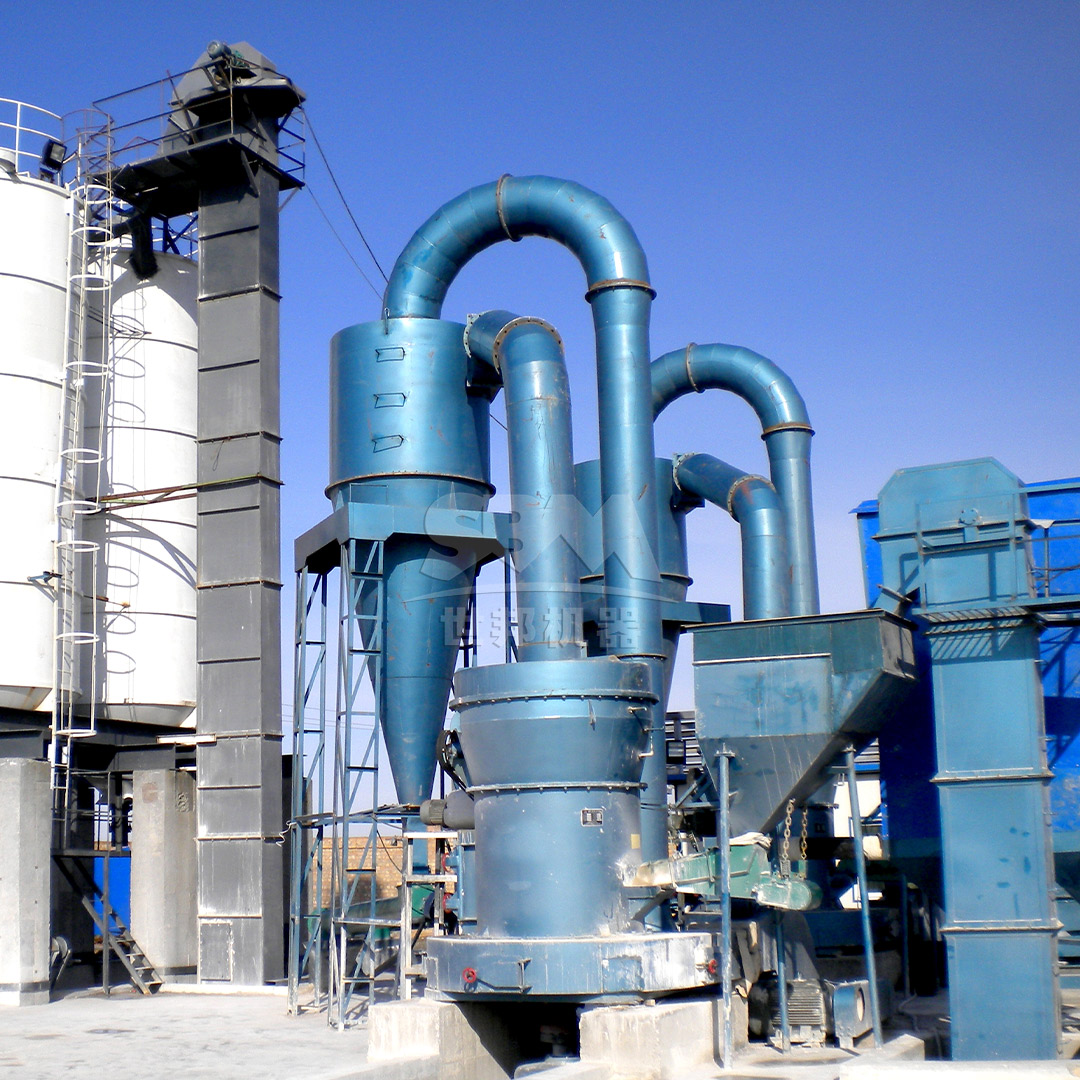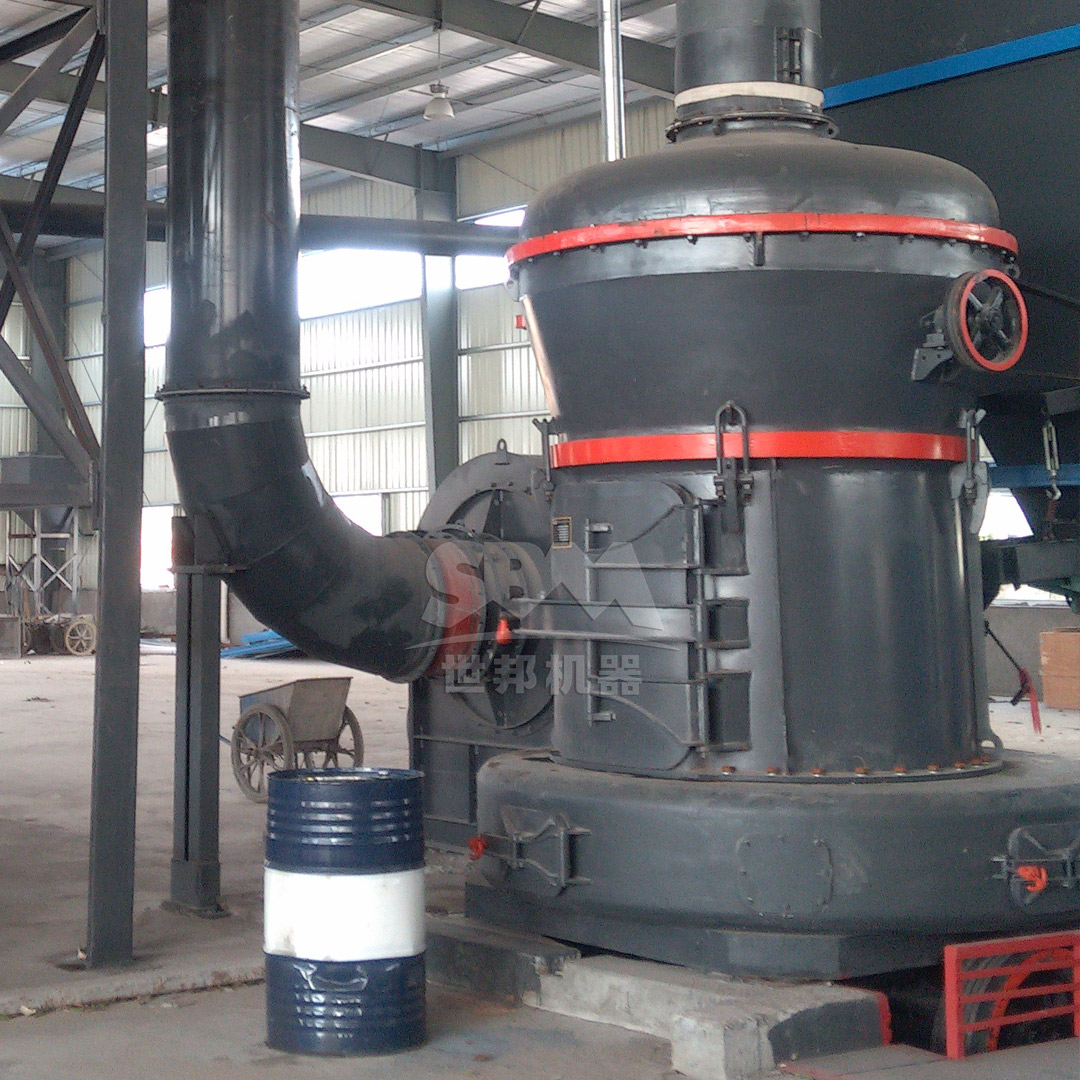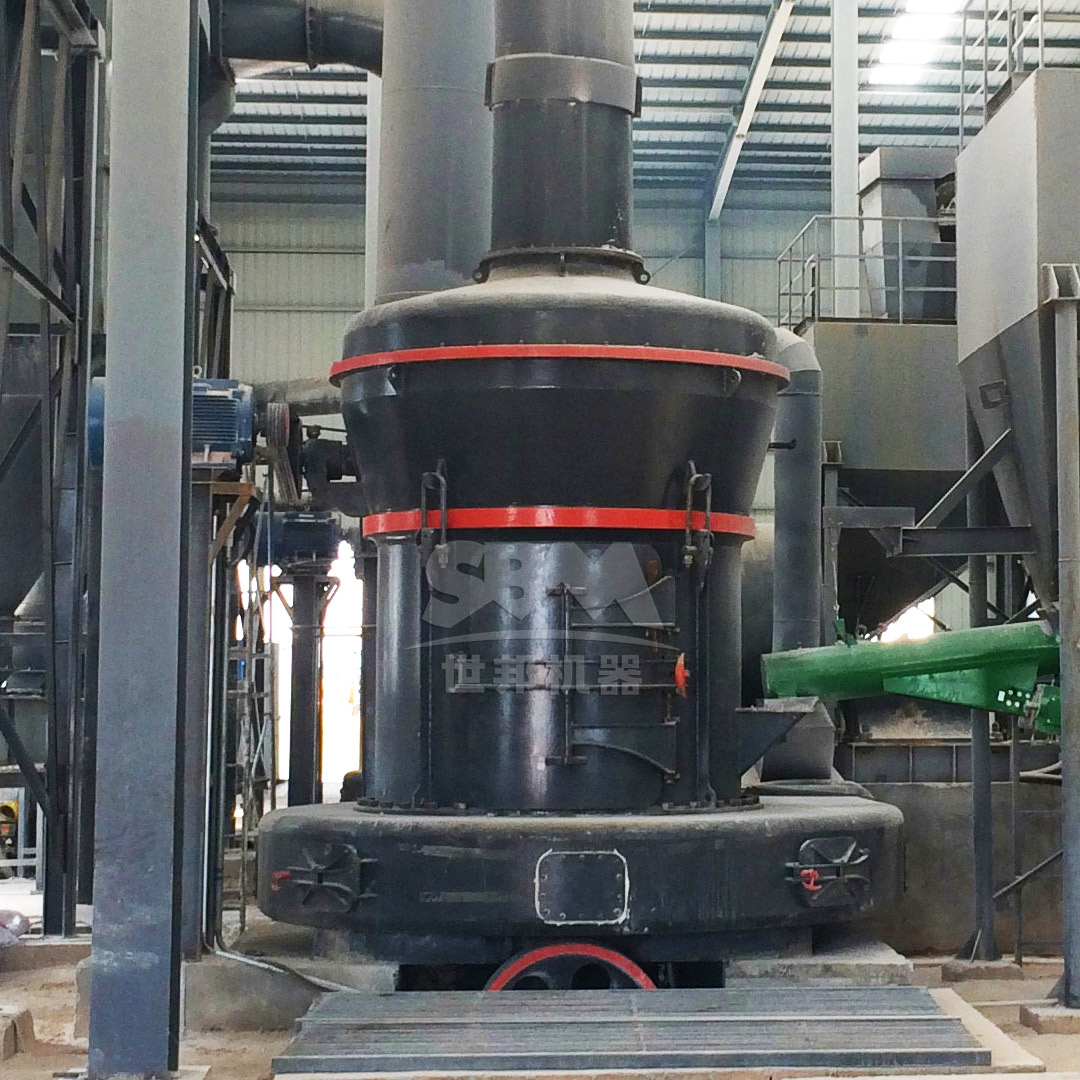The photovoltaic glass industry demands exceptionally high standards for material quality and consistency. Quartz sand, as the primary raw material, requires precise grinding to achieve the specific particle size distribution necessary for optimal glass performance. Selecting the appropriate grinding equipment is crucial for maintaining product quality, maximizing production efficiency, and minimizing operational costs. This comprehensive guide explores the key factors to consider when choosing a quartz grinding machine for photovoltaic glass manufacturing.

Photovoltaic glass manufacturing requires quartz powder with a tightly controlled particle size distribution. The ideal grinding equipment must produce consistent output within the range of 325 to 2500 mesh (approximately 45-5μm), with particular emphasis on eliminating oversized particles that can create defects in the final glass product.
Any metallic contamination from grinding media can significantly impact glass transparency and performance. Equipment with specialized wear-resistant materials and contamination control systems is essential for maintaining the high purity standards required in photovoltaic applications.
With the growing demand for solar energy, production volumes continue to increase. The selected grinding system must offer sufficient throughput while maintaining energy efficiency to remain competitive in the market.
The ability to precisely control and maintain output fineness is paramount. Look for equipment with advanced classification systems that can consistently achieve the required particle size distribution without fluctuation.
| Application | Required Fineness | Tolerance |
|---|---|---|
| Standard PV Glass | 325-800 mesh | D97 ≤ 15μm |
| High-Efficiency PV Glass | 800-2500 mesh | D97 ≤ 5μm |
| Anti-Reflective Coating | 2500+ mesh | D97 ≤ 2μm |
Grinding operations typically account for a significant portion of energy consumption in glass manufacturing. Modern grinding equipment should offer substantial energy savings compared to traditional technologies, with some advanced systems reducing energy consumption by 30-40%.
Quartz is highly abrasive and can cause rapid wear on grinding components. Equipment with specialized wear-resistant materials and designs that minimize maintenance requirements will significantly reduce operating costs and downtime.
Modern grinding systems must meet stringent environmental standards for dust emissions and noise pollution. Advanced pulse dust collection systems and sound insulation technologies are essential features to consider.

For photovoltaic glass manufacturers requiring the highest level of fineness control, the SCM Ultrafine Mill represents an optimal solution. This advanced grinding system delivers exceptional performance with output fineness ranging from 325 to 2500 mesh (D97 ≤ 5μm), making it perfectly suited for high-efficiency photovoltaic glass production.
The SCM series incorporates several technological advantages specifically beneficial for quartz grinding:
Available in multiple models from SCM800 to SCM1680, with processing capacities ranging from 0.5 to 25 tons per hour, the SCM series can be matched to production requirements of any scale.
For manufacturers prioritizing high-volume production while maintaining quality standards, the MTW Series Trapezium Mill offers an excellent balance of capacity and precision. With output fineness from 30 to 325 mesh and processing capacities up to 45 tons per hour, this equipment is ideal for large-scale photovoltaic glass manufacturing facilities.
Key features of the MTW series include:
The MTW series, available in models from MTW110 to MRN218, provides flexible solutions for different production requirements while maintaining the consistency and quality essential for photovoltaic glass manufacturing.
| Parameter | SCM Ultrafine Mill | MTW Trapezium Mill | Traditional Ball Mill | Jet Mill |
|---|---|---|---|---|
| Output Fineness | 325-2500 mesh | 30-325 mesh | 200-400 mesh | 500-2500 mesh |
| Energy Consumption | Low (30% less than jet mill) | Medium | High | Very High |
| Wear Resistance | Excellent | Very Good | Good | Excellent |
| Capacity Range | 0.5-25 t/h | 3-45 t/h | 0.65-450 t/h | 0.1-2 t/h |
| Contamination Risk | Very Low | Low | Medium | Very Low |
When selecting grinding equipment, consider how it will integrate with existing production lines. Compact designs with minimal space requirements, such as the SCM series, can be advantageous for facility expansion or retrofitting projects.
Modern grinding equipment should feature advanced control systems that allow for precise adjustment of operating parameters and real-time monitoring of performance metrics. Both the SCM and MTW series incorporate intelligent control systems that automatically maintain optimal grinding conditions.
Beyond the initial investment, consider the total cost of ownership, including energy consumption, maintenance requirements, wear part replacement costs, and potential production losses due to downtime. The advanced designs of both recommended solutions focus on minimizing these ongoing operational expenses.

Selecting the right quartz grinding machine for photovoltaic glass manufacturing requires careful consideration of multiple technical and operational factors. The SCM Ultrafine Mill stands out for applications demanding the finest particle sizes and tightest control, while the MTW Series Trapezium Mill offers an excellent solution for high-volume production requirements. Both systems incorporate the advanced technologies necessary to meet the stringent quality standards of the photovoltaic industry while optimizing operational efficiency and minimizing environmental impact. By matching equipment capabilities to specific production needs, manufacturers can achieve the consistent, high-quality quartz powder essential for producing superior photovoltaic glass products.